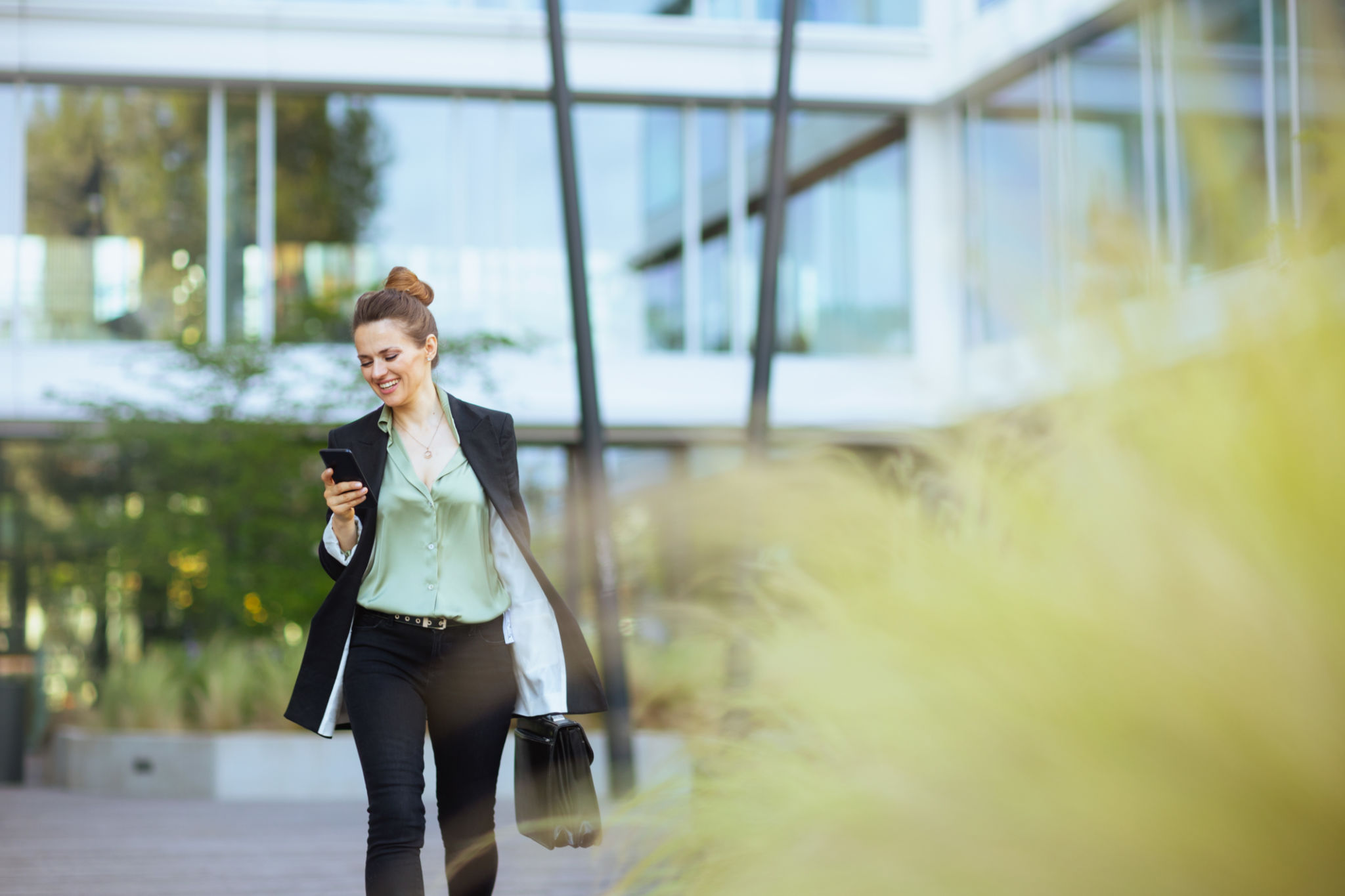Case Study: Successful Corporate Landscape Transformation
Introduction to Corporate Landscape Transformation
In today's fast-paced business environment, companies are increasingly turning to landscape transformations to enhance their corporate spaces. A well-designed landscape not only beautifies the environment but also improves employee well-being and productivity. This case study examines a successful corporate landscape transformation that provided both aesthetic and functional benefits to a major office complex.

Understanding the Client's Needs
The client, a leading technology company, was looking to revamp their headquarters' outdoor areas. Their primary goals were to create an inviting space for employees, reduce maintenance costs, and incorporate sustainable practices. The existing landscape was outdated and lacked cohesion with the company's innovative brand image.
Initial Consultation and Planning
The project began with a comprehensive site analysis and client consultation. The landscaping team collaborated closely with the company's management to understand their vision and requirements. Key aspects considered during planning included:
- Employee feedback on desired outdoor amenities.
- Evaluation of existing vegetation and soil conditions.
- Integration of eco-friendly solutions.
Design and Implementation
A tailored design was created that featured a combination of modern aesthetics and natural elements. The design emphasized open spaces, shaded areas, and water features to create a serene yet dynamic environment. The implementation phase involved several key steps:

Eco-Friendly Solutions
To ensure sustainability, the landscape design incorporated drought-resistant plants and efficient irrigation systems. Native species were chosen to reduce water consumption and promote biodiversity. Additionally, solar-powered lighting was installed to minimize energy usage while enhancing safety and ambiance.
Creating Interactive Spaces
The transformation included the development of interactive spaces such as seating areas, walking paths, and outdoor meeting rooms. These amenities encouraged employees to engage with the environment, fostering creativity and collaboration. The feedback from staff was overwhelmingly positive, with many noting an improvement in their work-life balance.

Results and Benefits
The corporate landscape transformation resulted in numerous benefits for the company. Not only did it elevate the aesthetic appeal of the headquarters, but it also had tangible effects on employee satisfaction and productivity. Key outcomes included:
- Increased use of outdoor spaces for meetings and breaks.
- Enhanced brand image aligned with sustainability goals.
- Reduced maintenance costs due to low-water plants.
A Model for Future Projects
This case study serves as a model for other corporations seeking to transform their landscapes. It demonstrates that a well-thought-out design can achieve both aesthetic beauty and functional efficiency. By prioritizing sustainable practices, companies can create environments that support their workforce while contributing positively to the planet.
Conclusion
The successful corporate landscape transformation highlighted in this case study showcases the power of strategic planning and innovative design. As businesses continue to evolve, investing in outdoor spaces can yield significant returns in terms of employee well-being, brand reputation, and operational cost savings. This project stands as a testament to the impact that thoughtful landscaping can have on a corporate environment.
